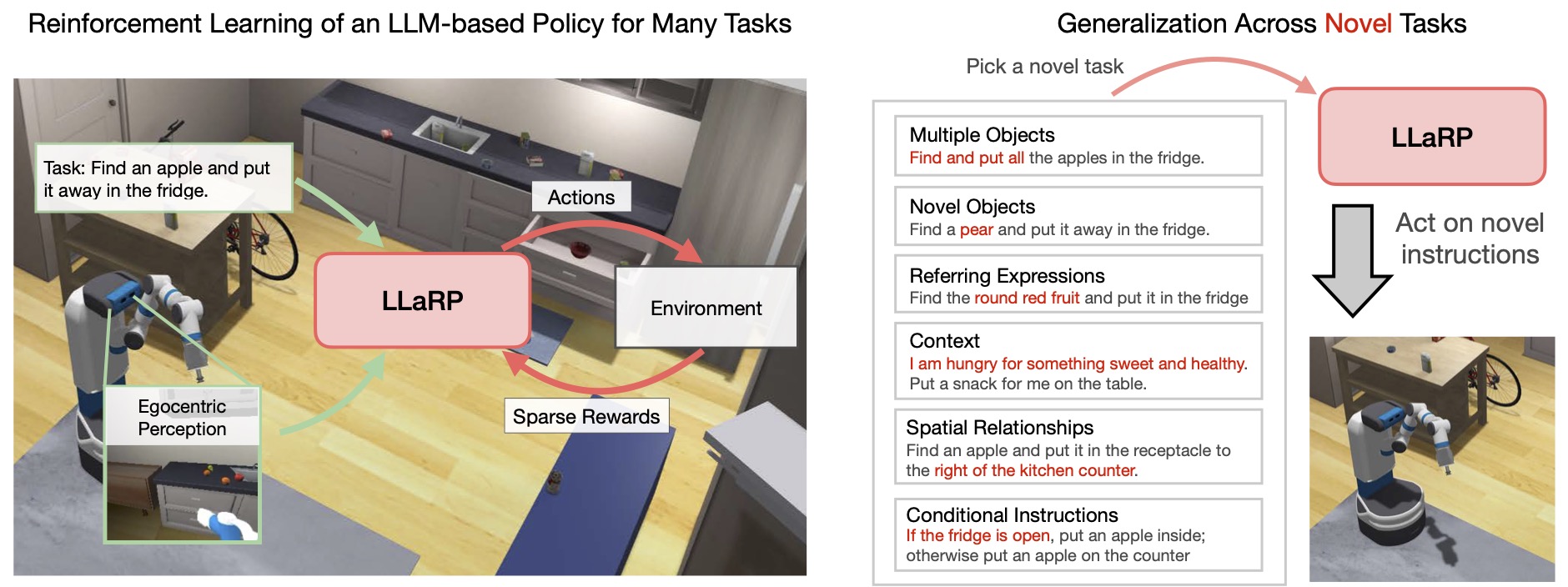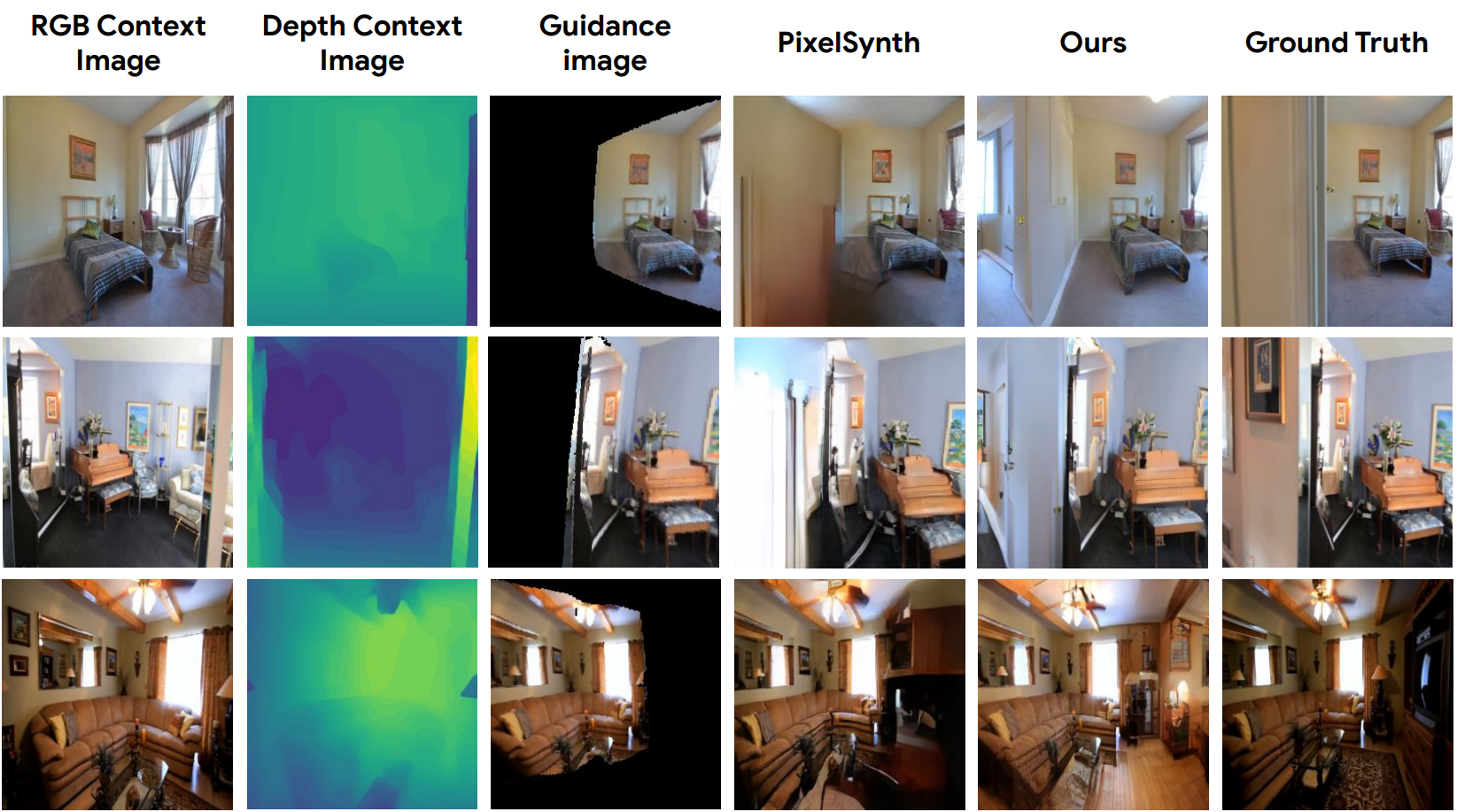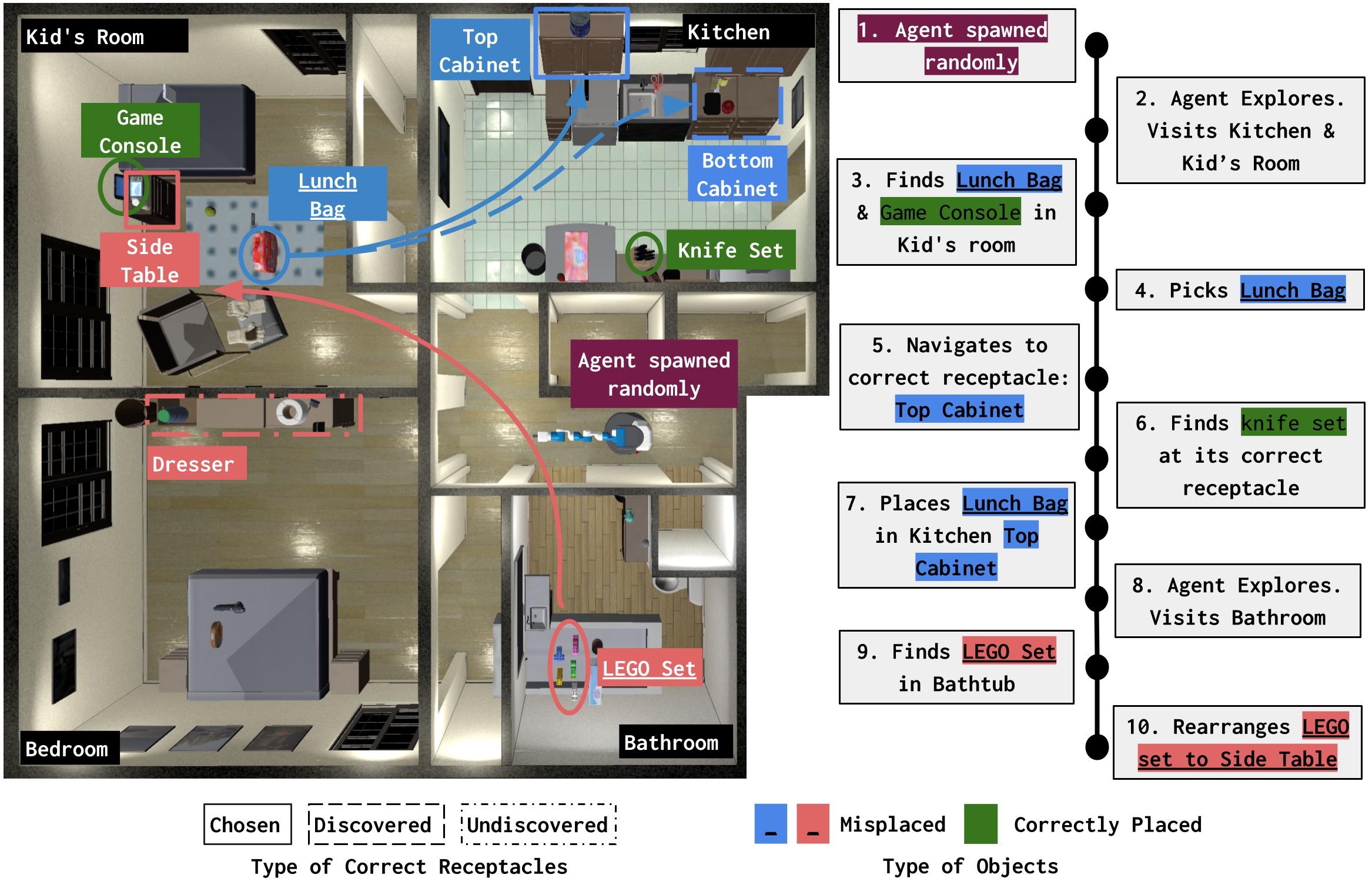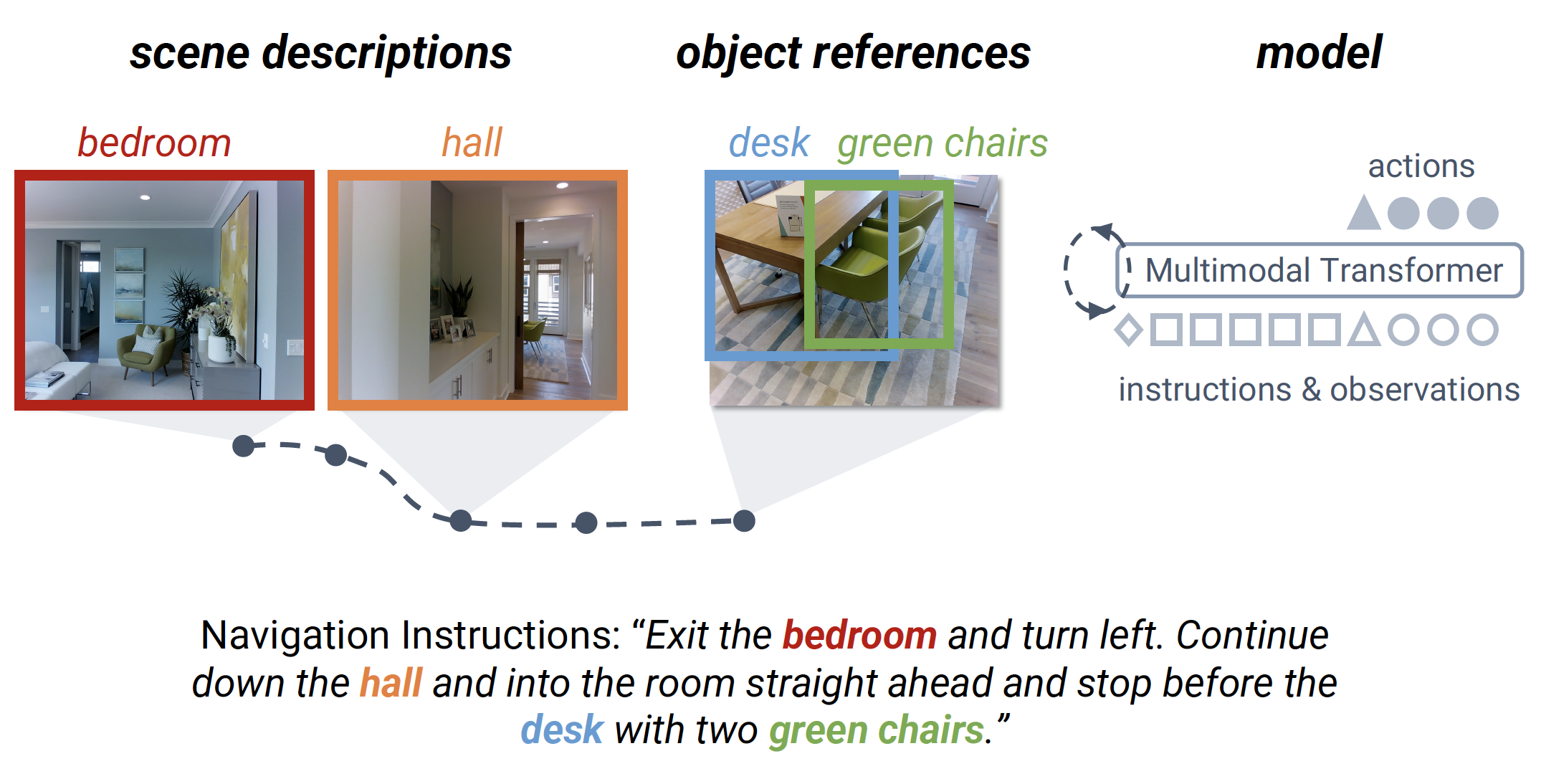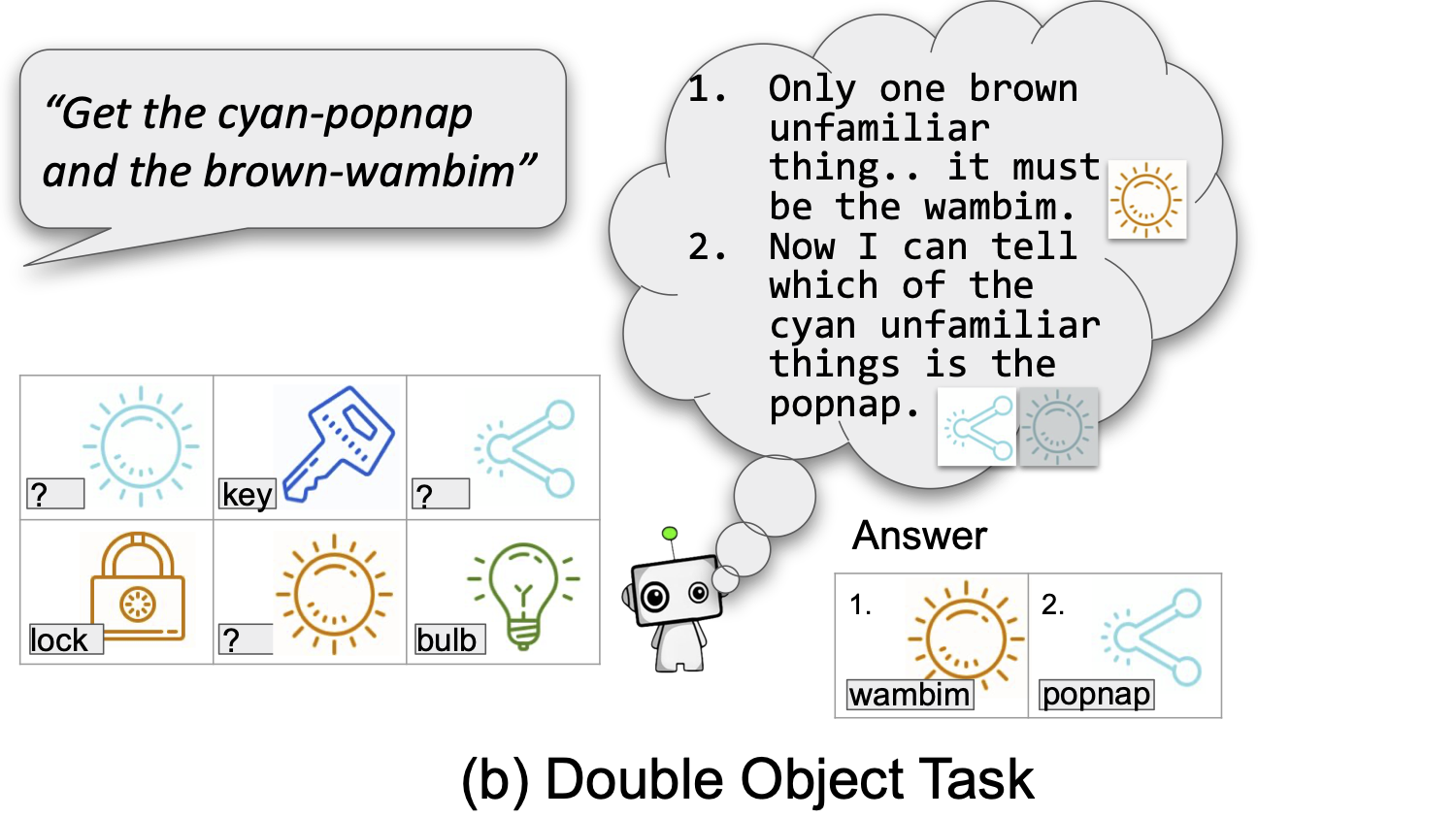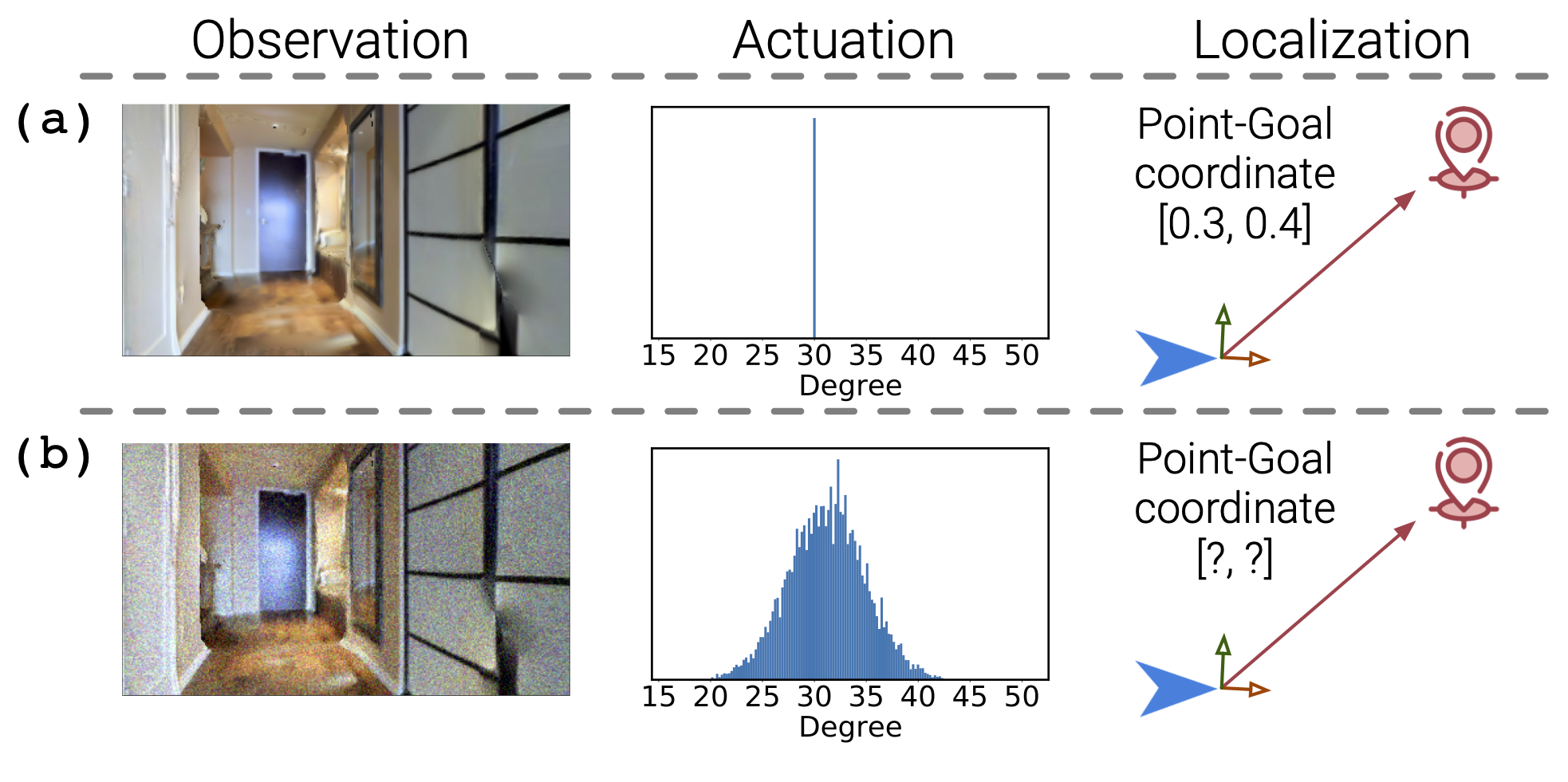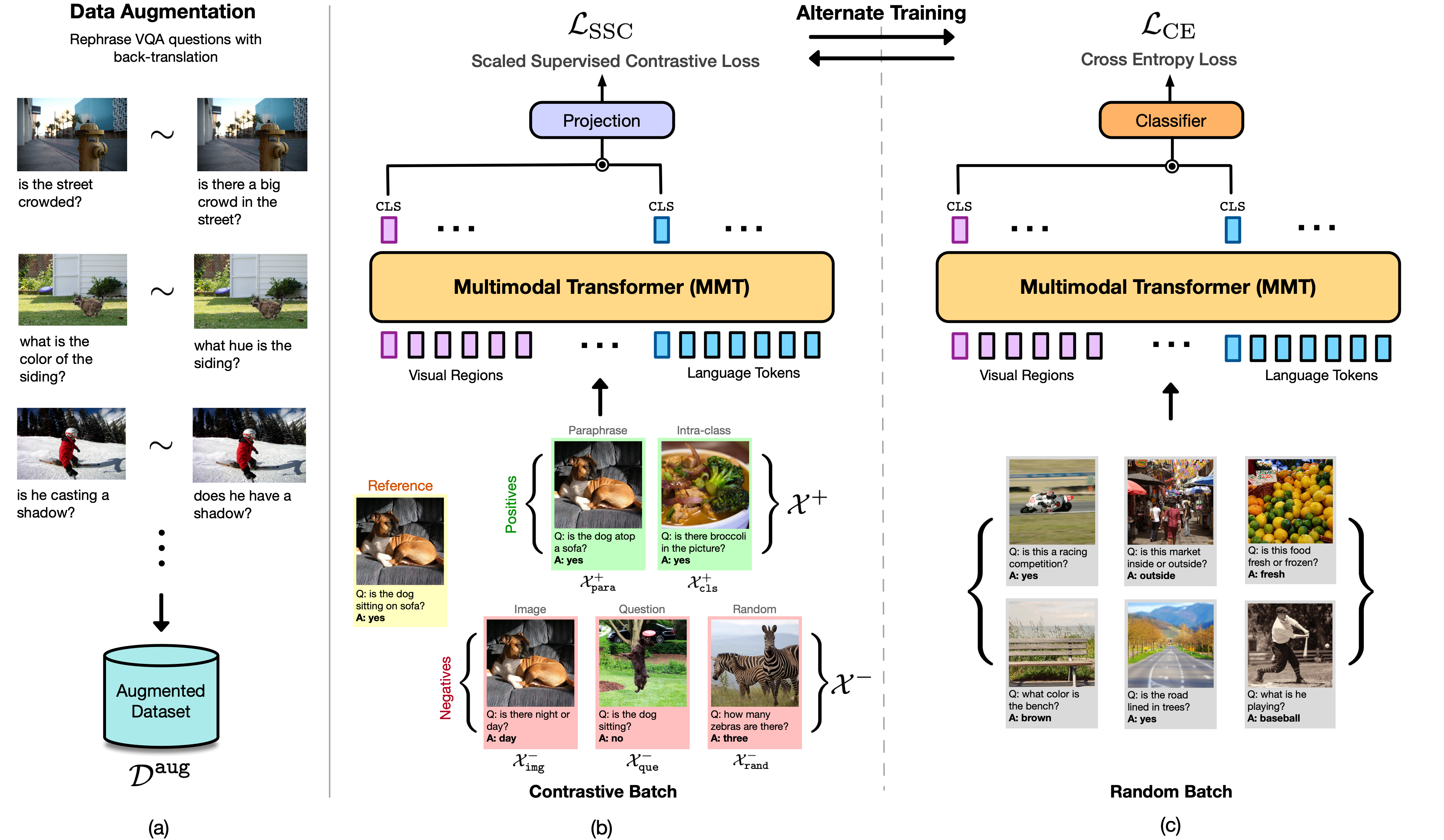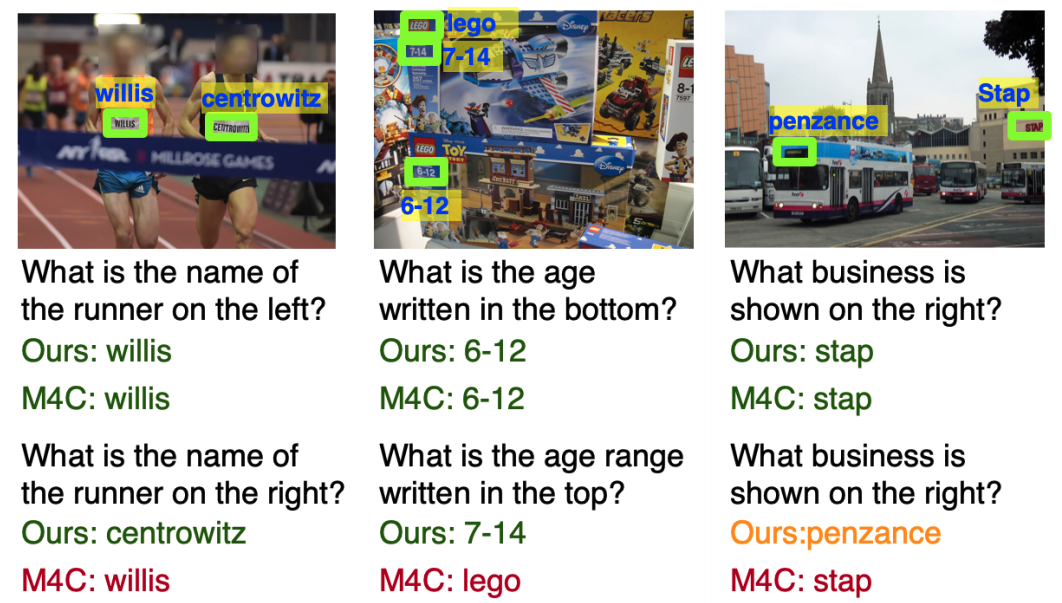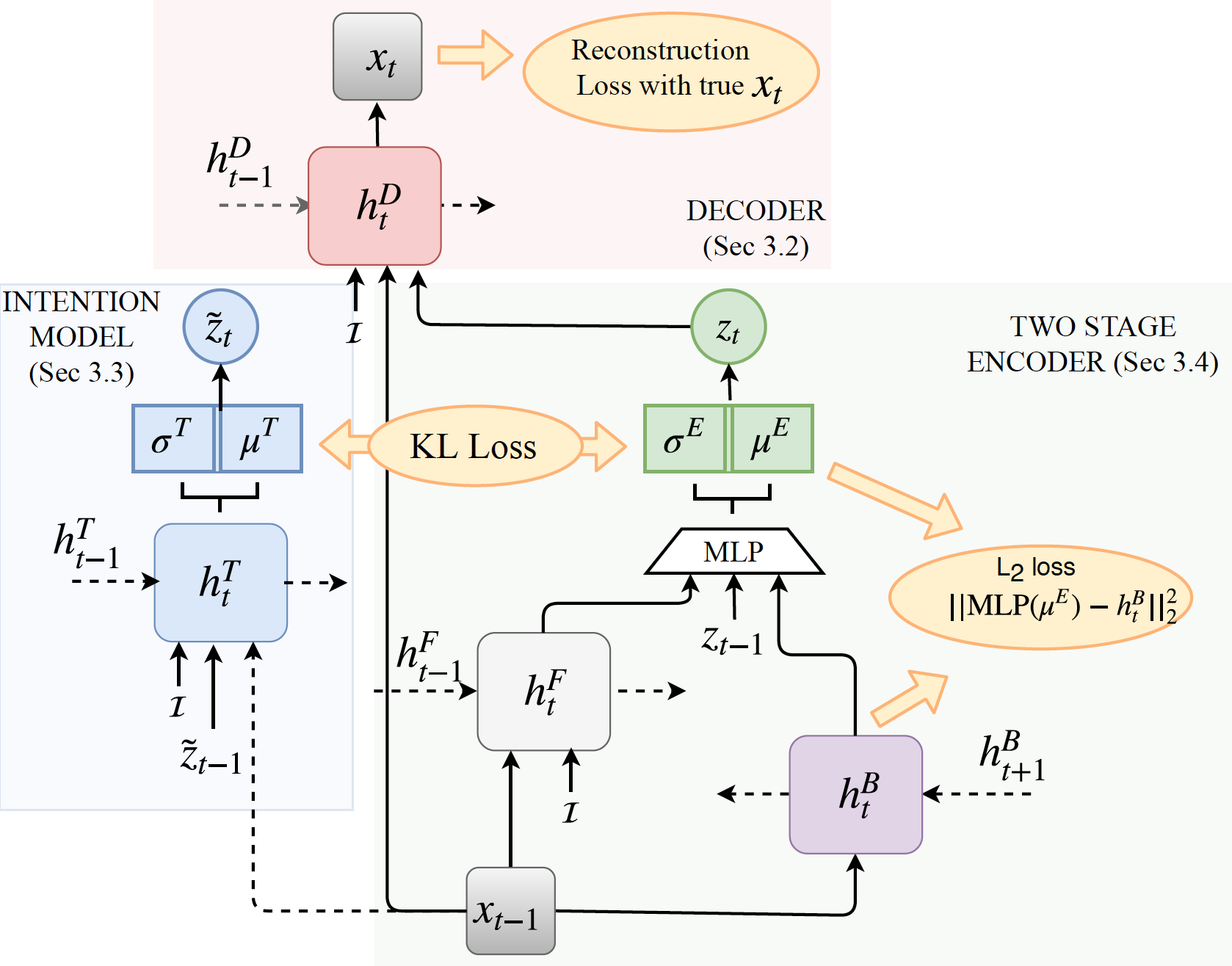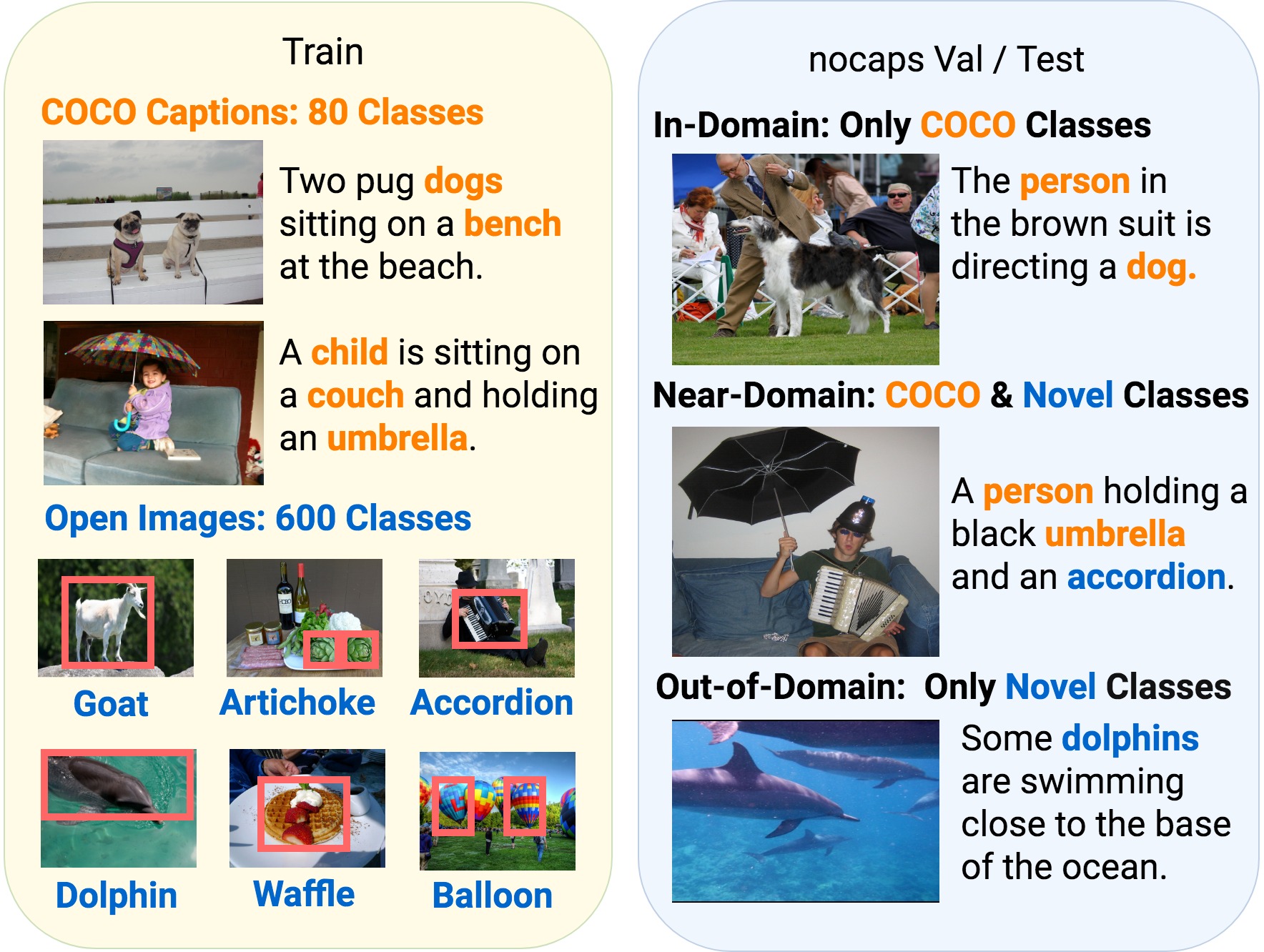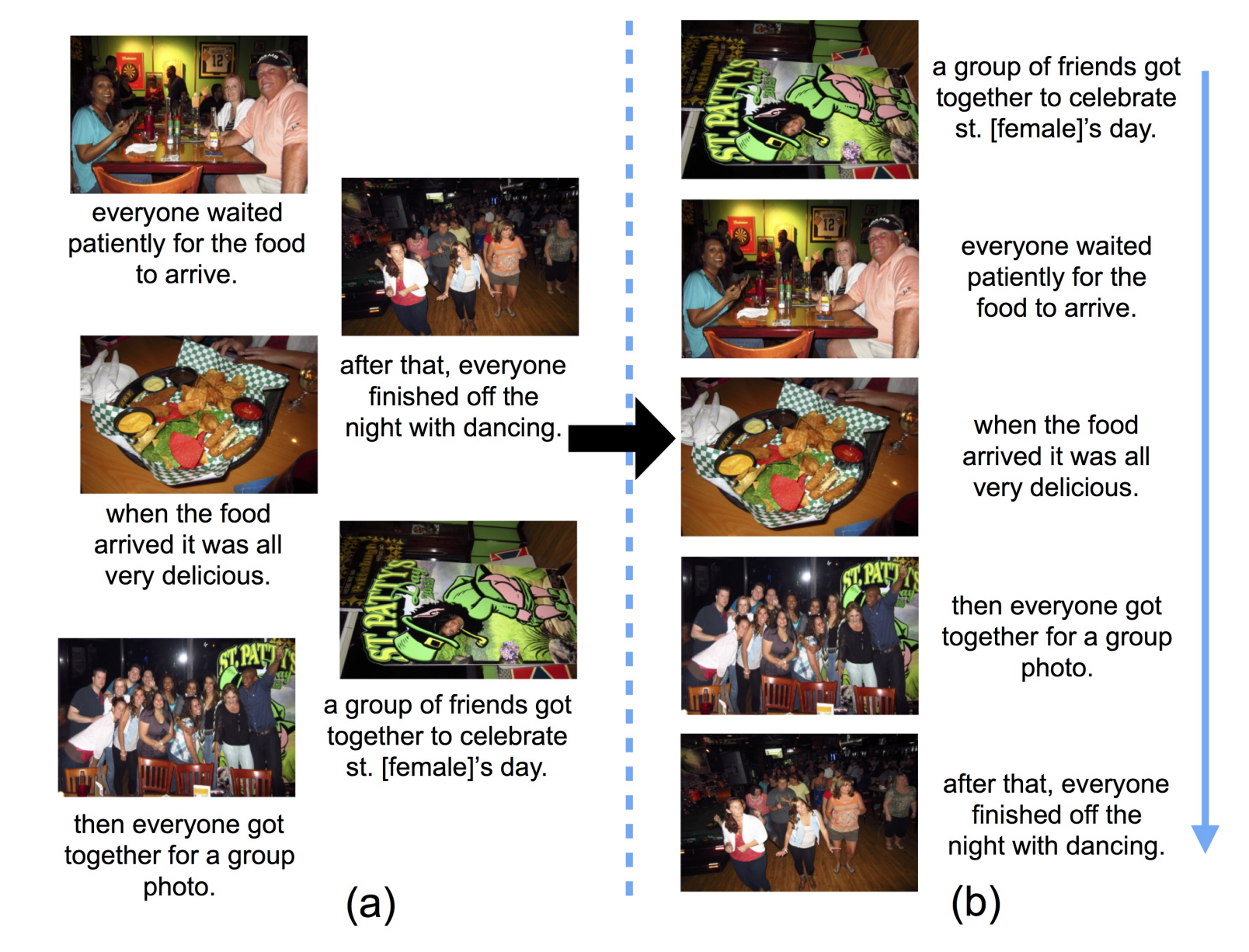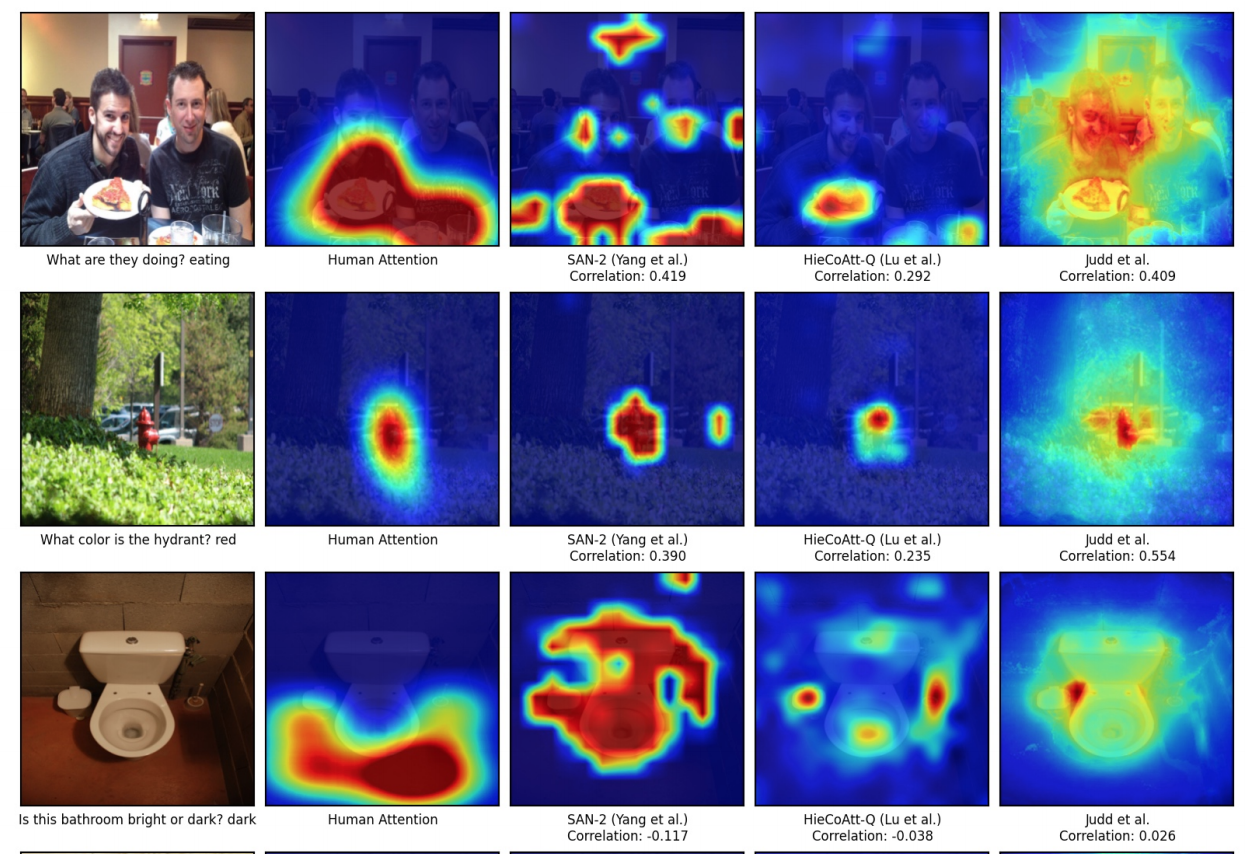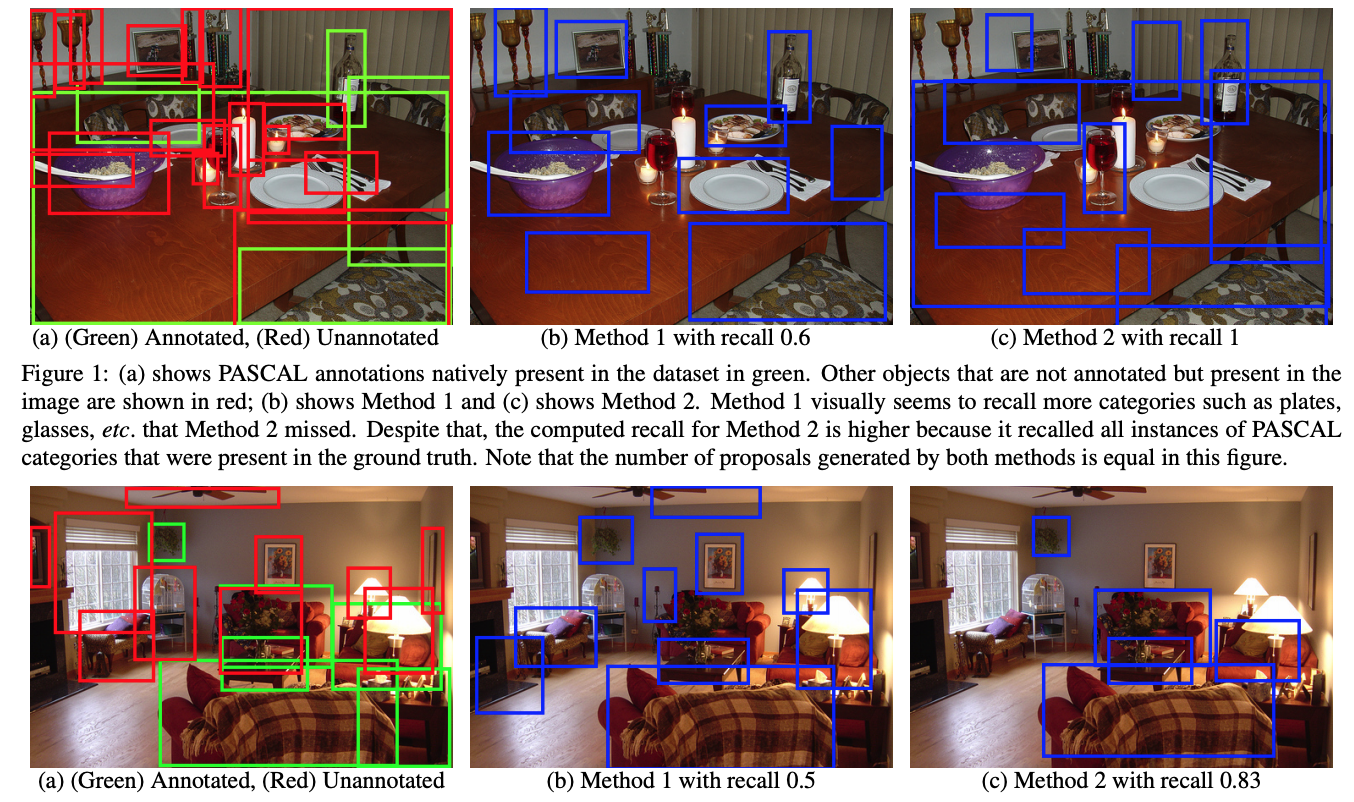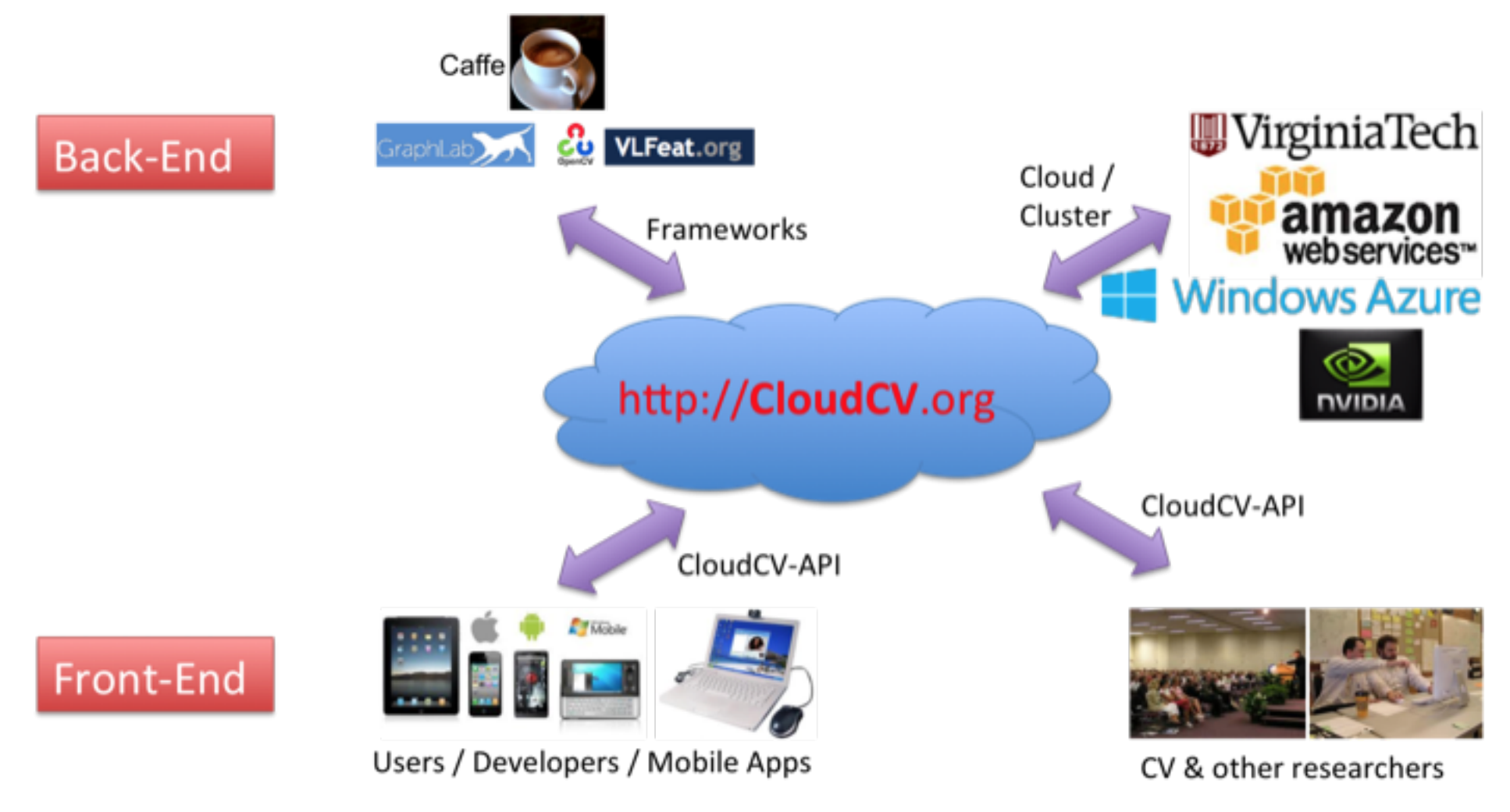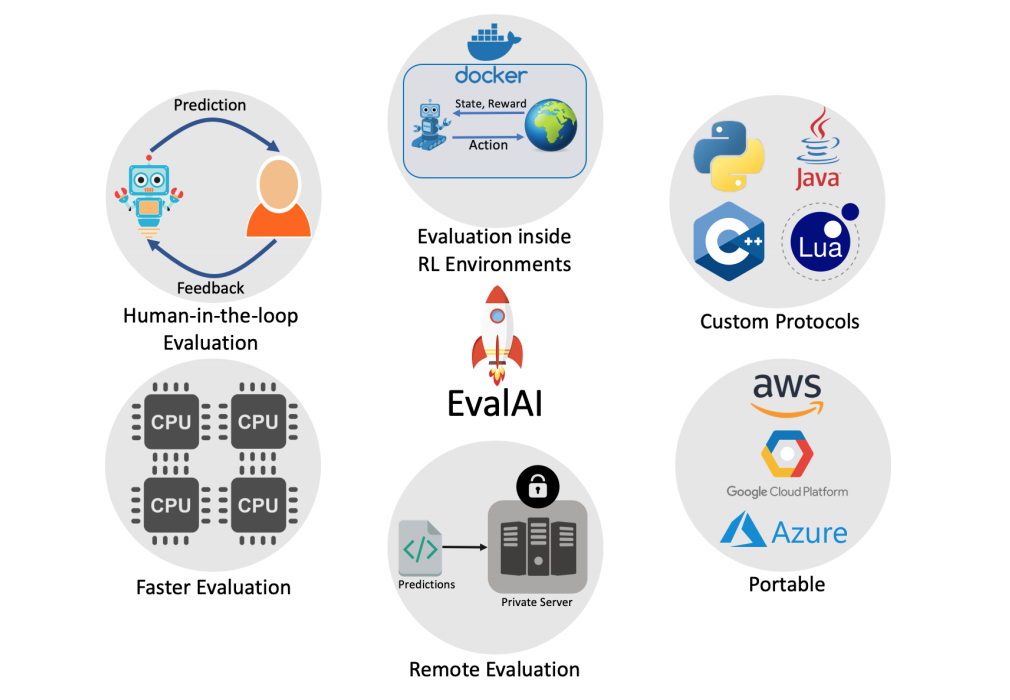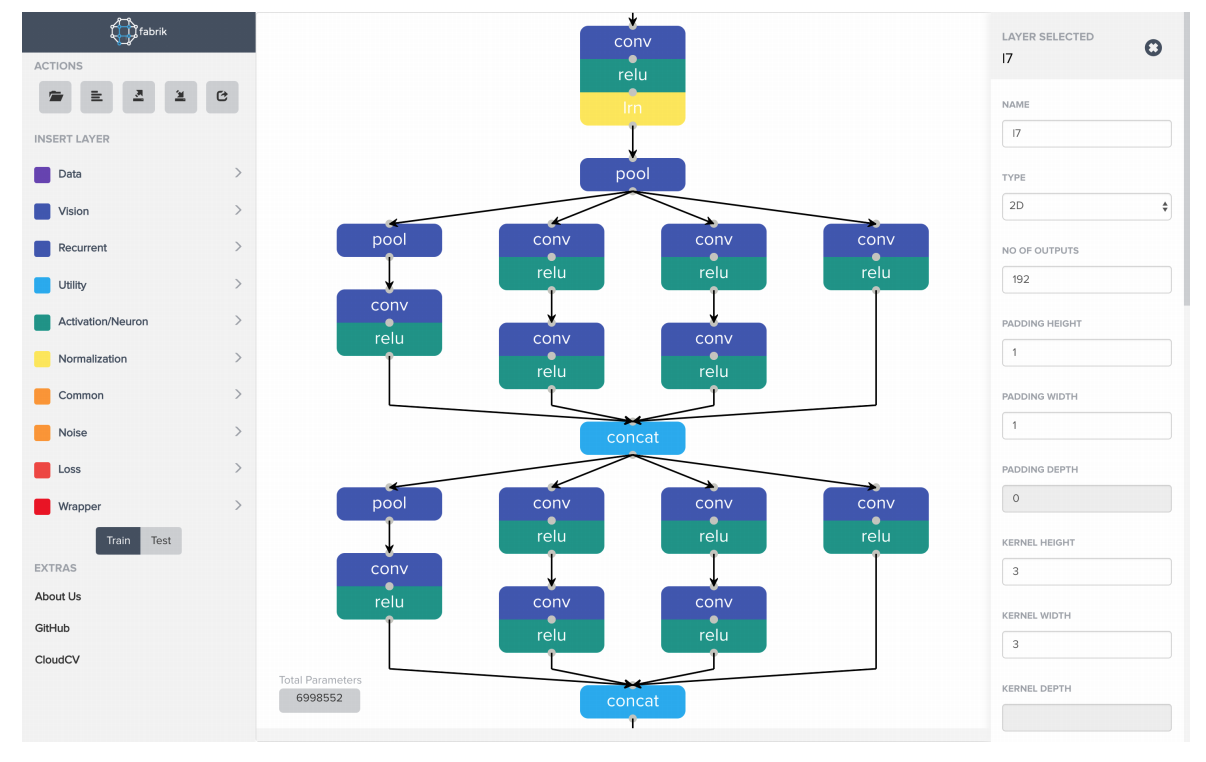EvalAI
An open source platform to create, collaborate and participate in the AI Challenges. By simplifying and standardizing the process of benchmarking AI, we want to circumvent many of the factors impeding the rate of progress in AI.
Georgia Tech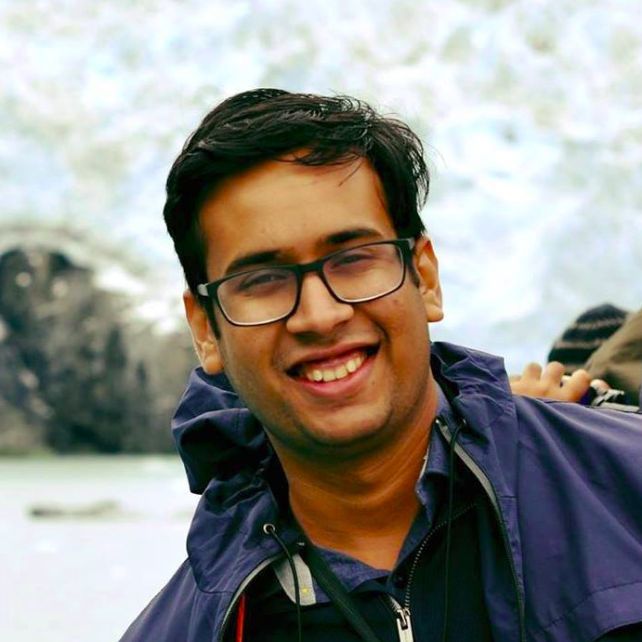
I am a Research Scientist at Apple Machine Learning Research (MLR) group working with Alex Toshev. I received my PhD at Georgia Tech advised by Dhruv Batra in 2023. My research lies at the intersection of Computer Vision, Natural Language Processing and Embodied AI. My goal is to build multi-modal agents with 'open-world' cognition -- agents that can reason about novel scenarios, and learn new concepts incrementally in our dynamic physical world by:
Vision, Language, and Action:
Novel Object Captioning, Visual Question Answering,
Language-guided Navigation Agents,
Different Forms of Reasoning:
Common-sense reasoning using Large Language Models,
Reasoning via Elimination,
Interpretability and Robustness:
Human vs Machine Attention, Robust VQA Models, Robust Indoor Navigation Models
During my PhD, I was fortunate to intern at Google Brain (2022) with Natasha Jaques,
at Google (2021) with Peter Anderson,
at NVIDIA (2020) with Gal Chechik, and at
Facebook AI Research (2019) with Marcus Rohrbach. I
also spent two wonderful semesters at UIUC working with Alex Schwing.
My PhD was partially supported by the Snap Fellowship 2019 .
In my free time, I also help maintain and manage an AI challenge hosting platform called EvalAI (part of CloudCV project) which aims to make AI research more
reproducible. EvalAI hosts 150+ challenges and has 300+ contributors, 2M+ annual pageviews, 1400+ forks, 4500+ solved issues and merged pull requests, 3000+ ‘stars’ on Github, and financial/equipment support from Google, NVIDIA, and Amazon.
Before this, I spent a
couple of years as a Research Engineer at Snap Research where I was responsible for
building large-scale infrastructure for visual recognition,
search and developed algorithms for low-shot instance detection.
You can contact me at h-dot-agrawal092-at-gmail.com
